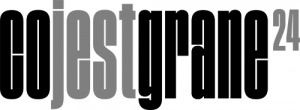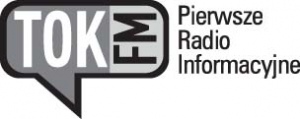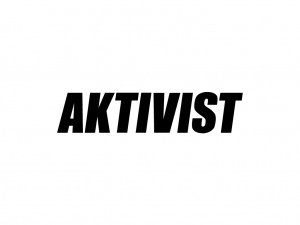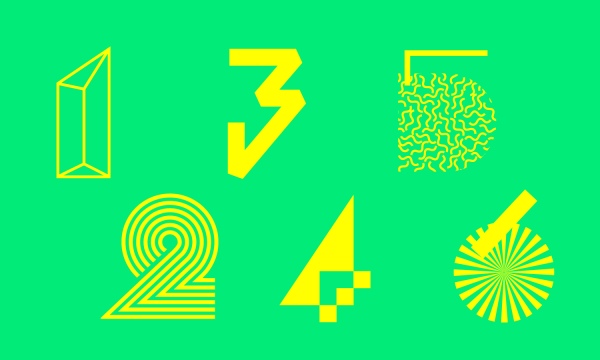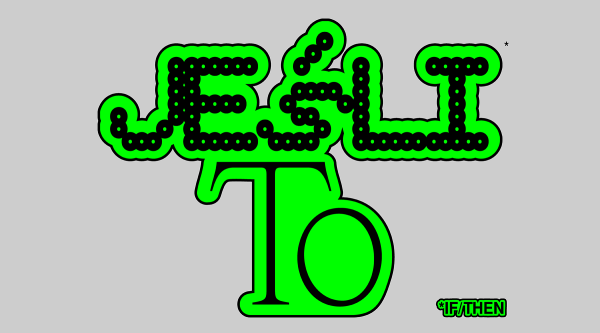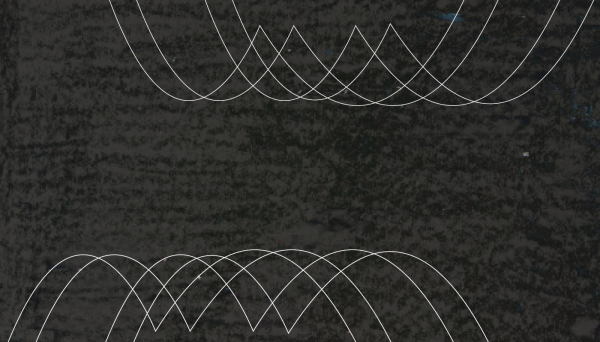Sandra Art Gallery
presents: ’Horsefuckers’
Sandra Art Gallery appears and disappears, just to return again when the need arises. Sandra Art Gallery has no established location, or structure. Sandra Art Gallery is the project of artist Dominika Olszowy. Dominika created Sandra while she was still a student as a platform for collaboration with other artists, and more specifically, with female artists. Initially, this ephemeral gallery only implemented projects with the participation of women. In time, it became a co-educational platform, but still only accessible to the persons privy. Sandra is not an institution obliged to direct so-called objective criteria. It’s also not a gallery, which usually has to accept the set hierarchies in art.
On the contrary, Sandra’s roots lie in the need to establish an alternative space to the fine art world. The ephemeral gallery was conceived as an enclave amid the institutional landscape. A space, wherein the artists will be the main subjects again and not included in any institutional or market mechanisms. Sandra’s choices are, therefore, not based on calculations, but rather on the bonds of friendship, intuition, trust, and enthusiasm for shared ideas. An autonomous and selfless nature of a gallery also frees the projects organized within its frames from the rigors of good taste, correctitude, and seriousness; what reigns instead are the principles of sincerity and authenticity.
In the summer of 2015, Bank Pekao Project Room at the Ujazdowski Castle Centre for Contemporary Art will act as the temporary host for Sandra Art Gallery. Sandra is a partner of the institution, but at the same time, an independent subject, operating autonomous poetics. Sandra at the Ujazdowski Castle is a kind of Trojan horse; the Gallery uses its Trojan horse mechanism to smuggle the ‘Horsefuckers’ moped gang into the institution.
‘Horsefuckers’ gang is a group of artists formed under the patronage of Sandra, and was disclosed during the temporary presence of the ephemeral gallery at the Ujazdowski Castle Centre for Contemporary Art. In artistic terms, ‘Horsefuckers’ is a performative project inspired by the structure, philosophy, image, and aesthetics of motorcycle gangs. In other words, the aim of the group is to attempt to try and use the biker ethos as a way of practicing artistic life.
Motorcycle gangs were born in the United States. The origin of this phenomenon dates back to the first years after the end of World War II. The gangs then were mainly constructed of veterans returning from the front. Many of them were not able to return to civilian life, and what made matters worse, was the lack of promising prospects. The veterans, therefore, got on their motorcycles, gathered in groups, and hit the road. Some expected adrenaline rushes and risks, which they became accustomed to on the front; others sought a sense of brotherhood and community that they experienced in the army; while others, used their motorcycles to flee from the traumas of war, and others still, from the monotony of everyday life. Everyone questioned social rules, declaring attachment to the anarchic sense of freedom and liberty, which the vagrant symbolized. What became fixed in the minds of the general public, was the idea that motorcycle gangs were misfits, antisocial types, tribe of outcasts, enemies of order prone to both anarchic antics and criminal offenses.
Many phrases from the motorcyclists’ libertarian discourse could be repeated in the art world, which still sympathizes with counterculture and contestation – at least on a rhetorical level. But, is it not already just empty rhetoric? Contemporary art has become such an institutionalized field and so precisely pressed into a system, that it seems predestined to the perpetuation of the prevailing order than to its questioning. In this operating system of mathematical predictability, there is little room for free, anarchic artistic gestures. For the artists from the gang Horsefuckers, the mopeds serve as vehicles for leaving the area of institutionalized, predictable gestures for an open space, toward performing an adventure. The adoption of the gang’s emblems and club colors could be seen as the attempt to reclaim the identity of the artist as a spokesperson of freedom and individualism. The artist who is an outcast, does not avoid questioning the social norms in the name of these values. It is not inconceivable for such an attempt to succeed today, but paradoxically, only outside of art. Perhaps it has no chance of success. The artists creating Horse Fuckers are themselves still part of the system, with which they play - and for their expedition they are not setting off on roaring cruisers, but rather on second hand mopeds that were pimped using DIY (do it yourself) methods. Even though ‘Horsefuckers’ identify with the California born myth, it’s the Polish roads that they have in front of them, on which rural motorcyclists go wild. From the angle of real gangs, artists may seem like clowns; actually, from the perspective of the art world, probably as well: they are a group that plays a gang, pastiching a convention.
A white tiger named Kenny – a predator with Down syndrome – appears in the emblem of ‘Horsefuckers.’ A white tiger with blue eyes is an extremely rare anomaly. Thus the reason why many zoos try to breed such an extraordinary and beautiful animal; a white tiger is a great attraction for visitors. Kenny, born in the Safaripark Stukenbrock Zoo in Germany, is the product of such breeding. Not only did he come into this world with white fur, but with an additional genetic disorder, similar to that of human trisomy 21, popularly known as Down's syndrome. The white tiger appearing in the colors of the emblem of "Horsefuckers" is a changeling, a child of institutions that would have no chance of survival outside its walls.
Meanwhile, within the walls of another institution, the exhibition space that is Project Room becomes a base for ‘Horsefuckers’ – an artistic moped gang, whose emblem has a beautiful, strange, and handicapped tiger on it. Mopeds, costumes, and helmets belonging to the gang members are becoming exhibited artifacts – the emblems of the artists’ attitudes. It’s possible for them to disappear from the gallery at any moment; video coverage from previous gang rallies is what will be left of them. The absence of the mopeds in the gallery denotes that the artists rode out of the institution on them. Real gangsters can mock their small two-wheeled vehicles. The art world, therefore, may assume that riding moped won’t get you far, but ‘Horsefuckers’ are back on the road again.
- Text
- Stach Szabłowski
- Selected projects by Sandra Art Gallery
- Majtki [Underwear], a yard at Łazarz neighbourhood, Poznań, 2008
- Będzie laska w galerii Sandra [It's going to be a chick at Sandra Gallery], furniture shop, Jeżyce neighbourhood, Poznań, 2010
- Sandra salon / prestiż i styl [Sandra salon / prestige and style], Winter Salon, Branicki Palace, Warsaw, 2013
- Na patelni / festiwal performance, [On patelnia / performance festival], Centrum metro station, Warsaw, 2015



